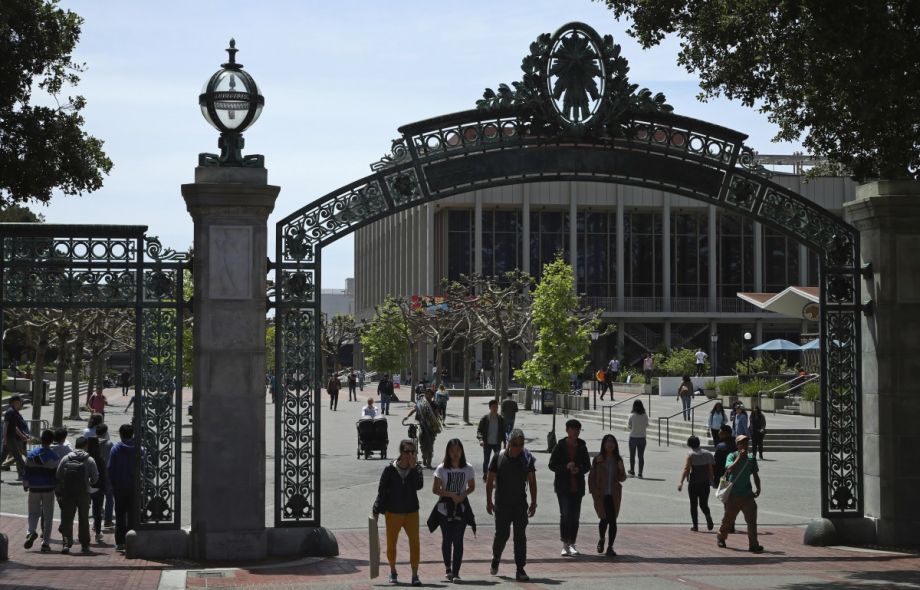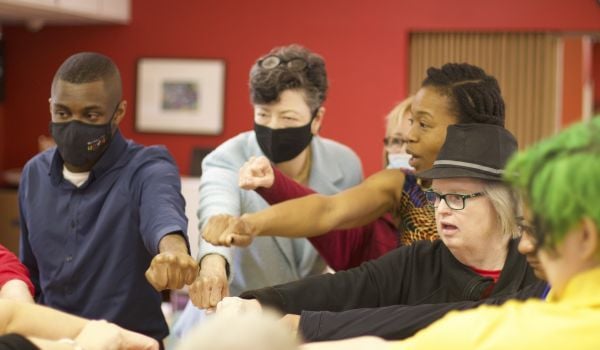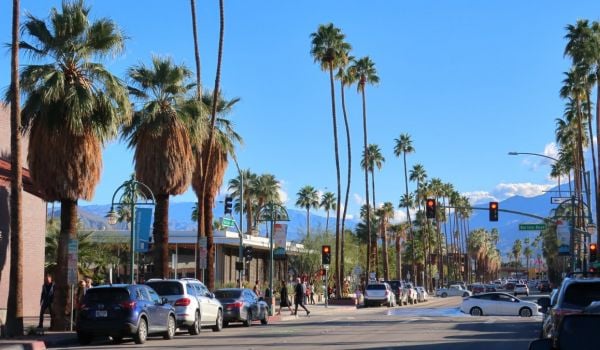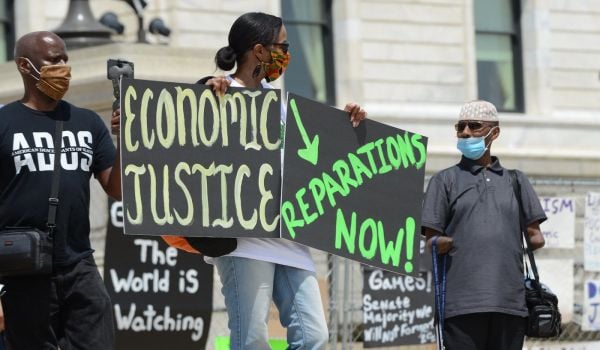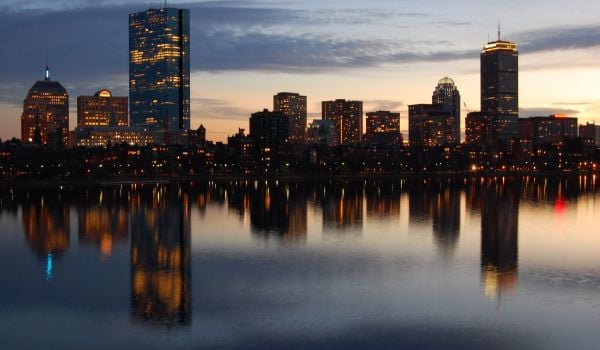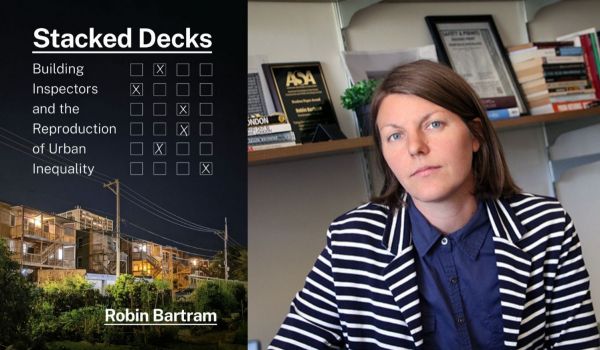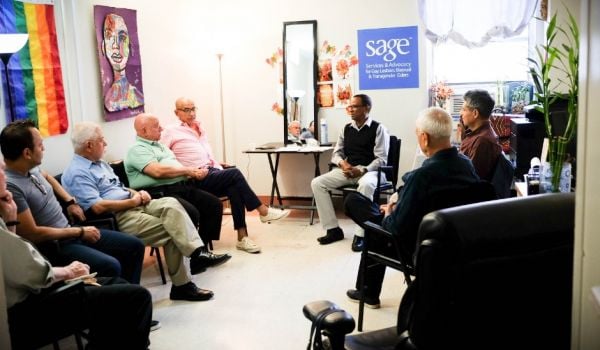This op-ed was originally published by MinnPost.
Berkeley, California has made headlines in the past year for a contentious battle over the future of the city’s large, prestigious state university. Residents of the city wanted to see UC Berkeley reduce its admission size, arguing that the students were an environmental nuisance which the city did not have room to house. Save for a last-minute legislative change in early 2022, they almost succeeded. More recently, a state court has ruled that future college students are a negative environmental impact of new housing due to the noise that they create.
In its aggressive, anti-student politics, the city of Berkeley is more severe than most. However, this ruling, and the political sentiments driving it, represent some unfortunate trends for our civic society.
In fact, my corner of St. Paul is no stranger to these sentiments. Starting in the late 1990s, neighborhood defenders began a massive fight against the University of St. Thomas, which was a growing university that hoped to build more academic buildings and student housing in the neighborhood. Neighbors spent years arguing against proposed expansion plans, saying that new, taller student housing would “change the character of Summit Avenue,” which is the historic street where the expansion plans were located. One neighbor said she was “terrified that many people would be in such a small space.” Like some Berkeley residents today, St. Paulites suggested that the university should instead expand in some other neighborhood.
After years of discussions and redrawing of plans, the University of St. Thomas agreed to build housing with only 475 beds instead of 690, and to cap their future enrollment – all while under threat of a lawsuit from neighborhood preservationists.
These tensions bubbled up again in 2012, when the St. Paul City Council agreed to pass a Student Housing Overlay District that still exists today. Within this district, no student rentals in single-family homes or duplexes are allowed to be within 150 feet of one another. Core to this policy was the idea that “our neighborhoods become destabilized” if there are too many students in them.
In an immediate sense, the refusal to let our higher education systems grow is a destructive tendency. When colleges can’t grow, the students of tomorrow face a world with less choice and greater competition for existing slots. A more zero-sum college system is the last thing students need.
These policies are not just harmful to students, however. Whether a student is a long-time resident of their college town or their education brings them to a new city, education newly embeds students into the communities around them. They live, work, and play in the areas near their schools. When they graduate, many of them stick around and become even more deeply part of the city fabric that holds their colleges. To restrict this is to reject one of the forces that drives life in our cities.
More dispiritingly, the tendency to refuse student expansion is a disappointing sentiment for our local democracies. In a vibrant local democracy, citizens ought to welcome each other as fellow members of the body politic – not preemptively reject them.
Of course, this is a two-way street: we can acknowledge unfortunate stories (old and new) of festive college students trashing a street or disrupting the neighborhood. These kinds of things fray our civic ties. But when neighbors proudly fight to prevent more students from joining their neighborhoods, this too sends a message that weakens our local communities.
It’s no coincidence that some of these biggest anti-student fights happen in places that keep their neighborhoods exclusive in other ways, too. In 1916, Berkeley was the first city in the United States to establish comprehensive single-family zoning. It is less well known, however, that St. Paul’s Summit Avenue (which the University of St. Thomas straddles) was the first street in the city to be designated under Minnesota’s 1915 Residence District Act, which restricted the street’s future housing development to single-family housing only. In both instances, planners and citizens argued for these regulations by naming factories and apartment buildings as part of the same category: destructive neighborhood nuisances.
As these neighborhood’s anti-student attitudes show, old legacies of neighborhood exclusion die hard. In the Southwest corner of St. Paul where the University of St. Thomas lies, neighbors have often fought to prevent the construction of new places for people to live. In December 2022, residents three miles south of the university organized against an affordable housing development, arguing on similar lines of protecting neighborhood character against larger developments – fortunately, they lost, and the project was approved.
In Berkeley, the history is a bit more politically complicated, but as Darrel Owens has documented, a long pattern of blocking most development has made housing extremely scarce in the city. This has pushed out long-term residents, with a shrinking stock of rent-controlled housing serving as lower-income residents’ only saving grace. Ultimately, few things could be so exclusive as an average home value of $1.3 million combined with a weak local political will to make those homes more affordable.
This is no healthy way to cohabitate in our cities and towns. Successful communities shouldn’t be defined by keeping people out, but by welcoming newcomers and incorporating them into civic life. There are multiple downsides of operating neighborhoods primarily around preservation and exclusion. It worsens the lives of others, constraining their choices and opportunities to live the lives to which they aspire. This ossification also chokes off our communities as a whole, preventing healthy patterns of change and growth. And in the end, our inability to welcome different people into our neighborhoods does not support the civic ties that uphold democratic life, in ways both big and small.
Zak Yudhishthu is a student and writer in Saint Paul, Minnesota, focused on housing and urban policy.

